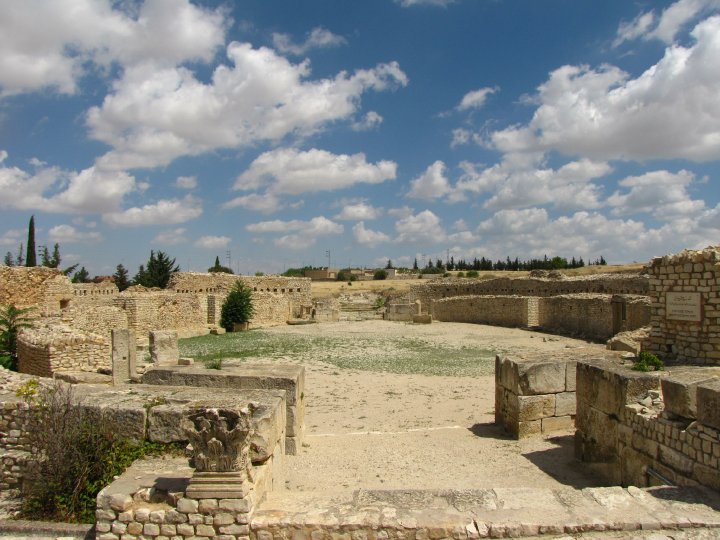This post is mostly a photographic presentation of monuments from Maktar, Tunisia.

Maktar or Makthar, also known by other names during antiquity, is a town and archaeological site in Siliana Governorate, Tunisia.
In the 3rd century BC the Numidians built a strategic fortress at the site, chosen to control trade routes between Sbeitla, Kairouan, and El Kef. The establishment grew rapidly, and under Masinissa developed into a major center of Numidia. After the fall of Carthage in 146 BC, many Punic refugees flocked to Maktar, bringing their culture and skills. Buildings, civic organization, and language were strongly influenced by the Carthaginians.
Roman occupation at first retained the Punic government and administration under suffetes, while Roman immigrants largely remained in a separate community (pagus). Mactaris grew into one of the richest cities in the province as a transit point for grain, oil, livestock, and textiles between Carthage, Sufetula, Thugga, and Tebessa.
Under Trajan (97–117), the city was romanized. The city received a uniform Roman constitution and colony status, whereby all residents were automatically given Roman citizenship.
The troubles of the third century, which ushered in the decline of the Roman Empire, also affected Maktar. The decline was halted awhile under Diocletian (284–305). In late antiquity the Mactaris diocese of the Roman Church was founded, and Christianization of the city could be seen in the construction of numerous churches. The city was mentioned in the Notia Africae and the 4th-century Peutinger Map. Maktar survived the invasion of the Vandals and became an important Byzantine fortress.
Maktar survived the Muslim invasions but the devastating raid of the Beni Hilal in 1050 led to the complete destruction and abandonment of the site.
(Source: https://en.wikipedia.org/wiki/Maktar)

(Important Note: ALL photographs of this article added to the sourced texts by NovoScriptorium after kind courtesy of our friend Ben Lee – ALL photographs originally taken by Ben Lee)

Leave a comment